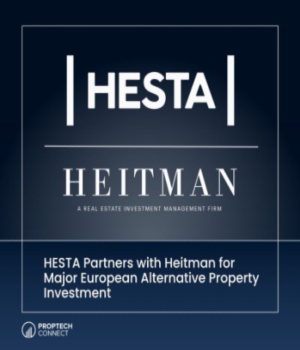Since listing in late 2015, self storage property specialist Stor-Age has hardly put a foot wrong. Without stretching its balance sheet, it has built sturdy growth legs in SA and the UK. Like financial services specialist Transaction Capital (which listed three years earlier), it came to market with a fresh and innovative offering.
But while transaction capital has been riding high, the market has still not properly grasped the longer-term growth and value proposition at Stor-Age. The share, in fact, trades roughly at NAV. Some punters may see this as a relative premium, considering that real estate listings mostly trade at significant discounts to net portfolio values these days.
But it could also be argued that the share price discounts the “services” aspect of Stor-Age’s offering or, as the group’s latest annual report contends, the NAV does not reflect “the true value prop of the operating platform and understates the value derived from leasehold assets.”
The self storage niche has been driven by societal trends including consumerism, densification and a more mobile population. Emigration, “semigration”, divorced, marriages, retirement and downsizing as well as technology changes all feed into the demand for self storage. With a sprawling tenant base (no concentrated tenant profile) and low value/high volume rentals, this asset class is largely uncorrelated to traditional drivers of property.
The going has been pretty good for Stor-Age. The group, through acquisitions and own developments, has built a commanding presence in the local self storage sector, with close to 60 properties covering 450,000 square metres of gross lettable area and almost 40,000 tenants. The occupancy ratio is just over 90%, more than acceptable considering the tenant and lease profiles.





